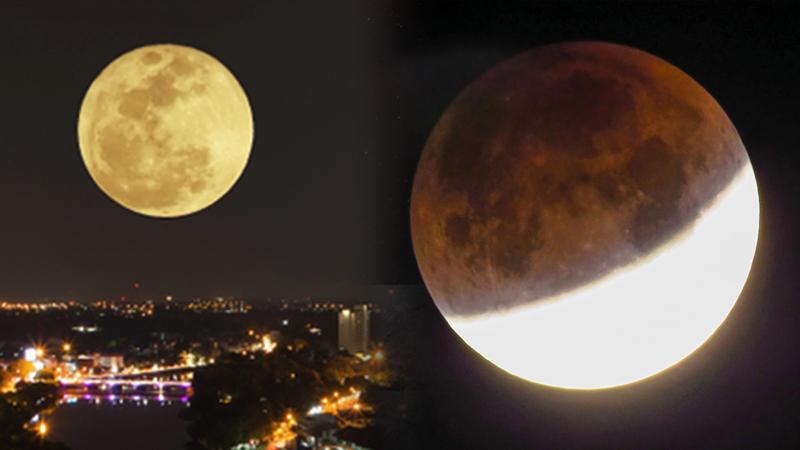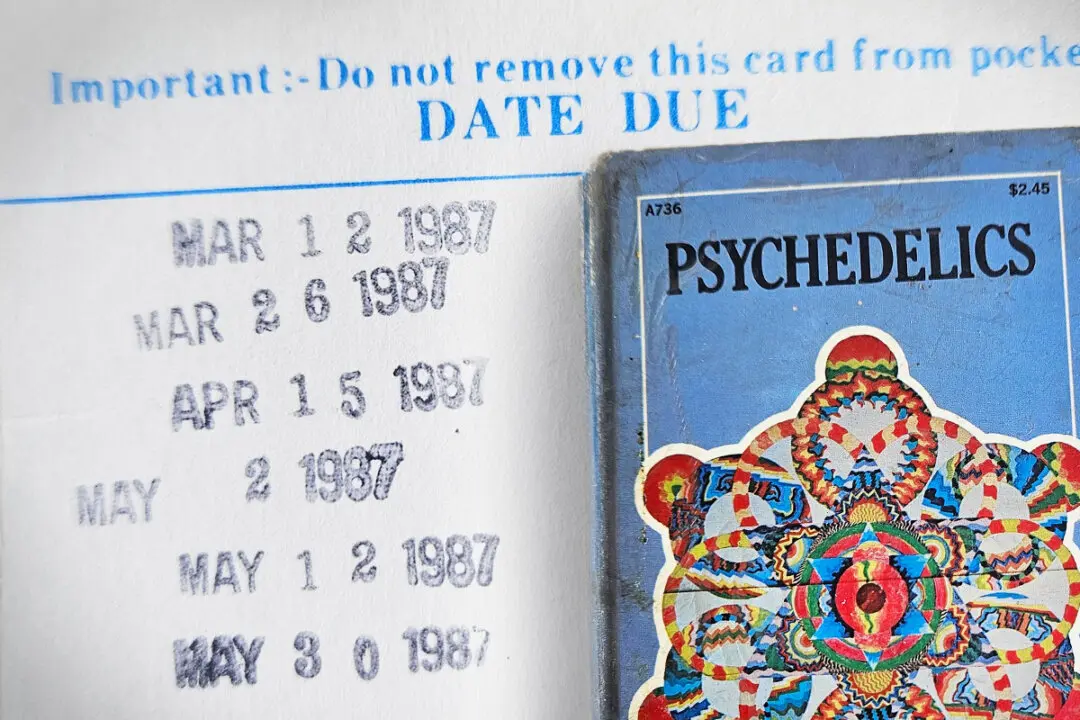Come Sunday, strap on your binoculars and look skywards; there’s a cosmic surprise in store. Not only a total lunar eclipse but also a supermoon will grace the sky this weekend.
The Earth, sun, and moon will line up in somewhat rare synchronicity for what will be the only total lunar eclipse this year. And the next. To add extra fanfare to the occasion, the moon will orbit slightly closer to the Earth and will manifest as bigger and brighter than usual. This is what experts call a “supermoon.”




